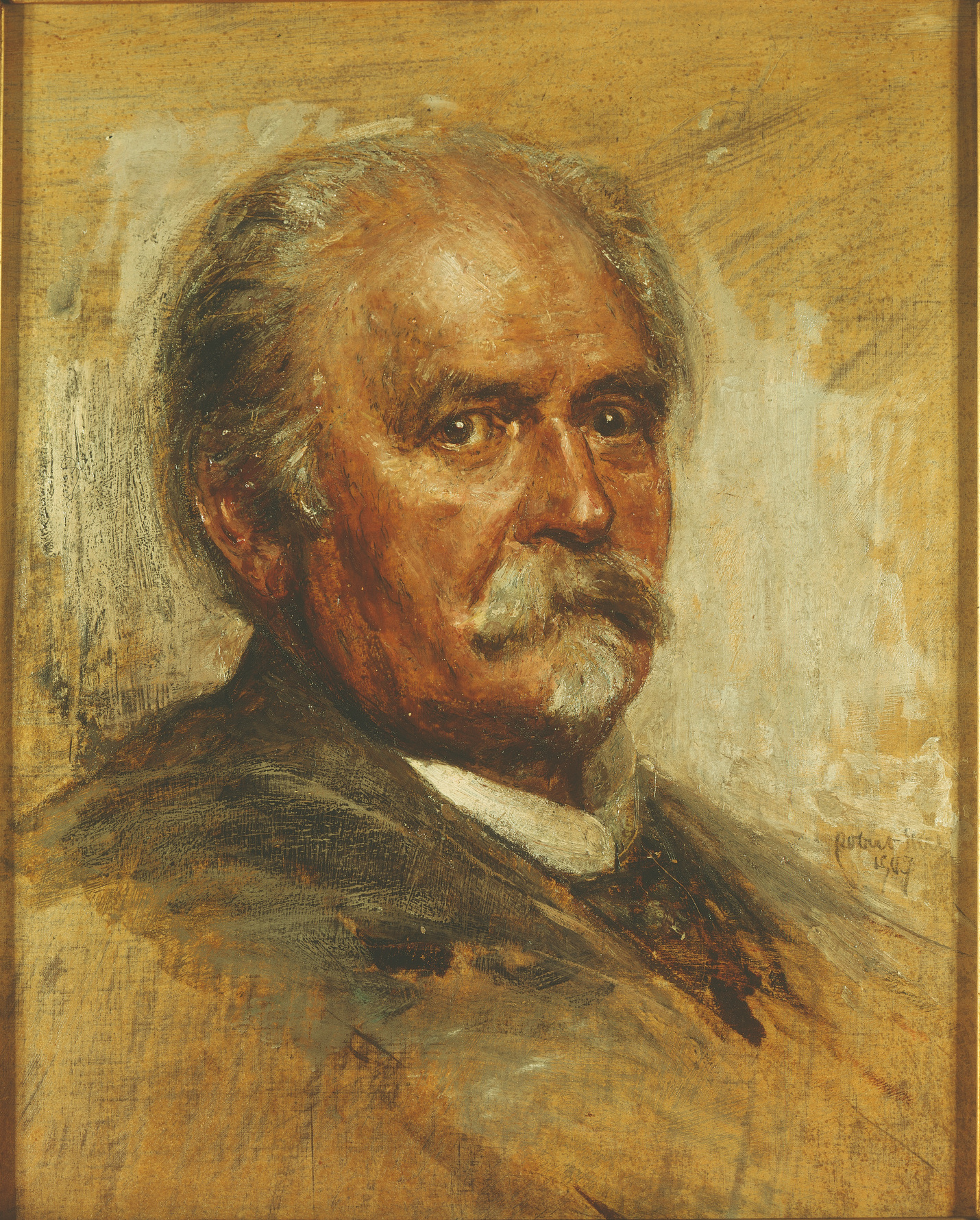Felix Draeseke
(7 October 1835 – 26 February 1913) was a composer of the "New German School" admiring Liszt and Richard Wagner. He wrote compositions in most forms including eight operas and stage works.
Sonata for Clarinet & Piano in B flat major, Op. 38, written in 1887.
00:00 - I. Allegro moderato
07:07 - II. Adagio ma non troppo
13:26 - III. Scherzo. Allegro molto vivace
18:24 - IV. Finale. Allegro con brio
Draeseke's Sonata in B flat major for Clarinet and Piano, Op. 38 was written at a highpoint of the composer's career, within the year which saw the appearance of his Symphonia Tragica and the Easter Scene from Goethe's Faust.
In 1887 the clarinetist did not have a large repertoire of major works by major composers in the category of duo-sonata. The sonatas of Brahms, Reger and Saint-Saens were well in the future, so it is not without justification to claim Draeseke's effort as the first major clarinet sonata of the 19th century. When one considers the contributions of Weber, Spohr, and Gade one realizes that their works for clarinet and piano fall outside the category of duo-sonata, and reveal themselves as collections of genre pieces, potpourris, or theme and variations. It is difficult to believe that Draeseke's clarinet sonata has had to wait until the 1999 release as its first recording, since it was considered repertoire at least until the 1920s and hasn't lacked performances since then: there is no doubt that it has been the most frequently performed of the composers duo sonatas.
- The first movement begins with a theme somewhat similar in contour to those which open the Quintet in B-Flat major for Horn, Piano and String Trio, Op.48 and the Cello Sonata in D major, Op. 11. During the exposition of this opening theme Draeseke employs a characteristic harmonic surprise, namely a sudden and effective route through E-flat minor, which ultimately leads to a cadence in F major, in which tonality the second theme is presented, succinctly elaborated and provided with transitional material to lead to the obligatory repeat of the exposition. A somewhat truncated development sector begins with a minor mode presentation of the main theme. A sequence of chromatic elements returns the second theme and after brief interplay the instruments proceed via D major to the home key of B-flat and the recapitulation. Over a basso ostinado on F, the music gradually subsides: a lyrical cadenza for clarinet leads to the coda, a tempo tranquillo, lento.
- The second movement is another of the wonderful examples of Draeseke's understanding of "unendliche Melodie", a movement which truly extends the melodic elements of limited thematic components during its chromatic course, allowing a kaleidoscopic refraction of its lyrical whole.
- The third movement returns the listener to the home key of the sonata, B-flat major. It is a whirlwind of a piece, uncomplicated from a formal standpoint and a perfect intermezzo between the expansive slow movement and the virtuosic rondo-finale.
- Of all the movements of the sonata, the rondo-finale makes the heaviest demands on the players. It opens with a tempestuous unison passage for the two instruments which leads to the presentation of the rondo theme by the clarinet. A transitional passage for the clarinet conjures memories of Weber's bravura writing for the instrument as the music moves to a contrasting episode featuring some tricky rhythmic motives and important use of grace notes (scherzando). Rapid figurations lead to a repeat of the opening and similar rapid figurations act as transition to a C section (a tempo, meno mosso, molto espressivo) in which triplet motion takes over, exposing a lyrical episode of exceptional beauty. The rondo theme returns almost reluctantly to reintroduce the A section, with B following as in the opening. Where one expects A to return with a coda, Draeseke instead provides recall of the opening theme of the first movement, thereby lending an aspect of cyclical form (piu lento, tempo della prima parse). The A section does return for both instruments, with high trills of the clarinet in the final measures lending extra brilliance and tension.
The sonata is dedicated: "Herrn Friedrich Demnitz zugeeignet", who was his colleague at the Dresden Conservatory.
'♣ 음악 감상실 ♣ > - Sonata' 카테고리의 다른 글
| Józef Elsner - Sonata in F major No.1, Op.10 (1805) / Sonate in B flat major op 16 for piano duet (0) | 2019.10.24 |
|---|---|
| Alexander Scriabin - Piano Sonata 전곡 (0) | 2019.10.24 |
| Kor Kuiler - Piano Sonata in D-minor (1899) (0) | 2019.08.18 |
| Gabriel Pierné- Sonata for Violin and Piano Op.36 (0) | 2019.07.09 |
| Johann Abraham Peter Schulz - Piano Sonata, Op.2 (1778) (0) | 2019.06.13 |
